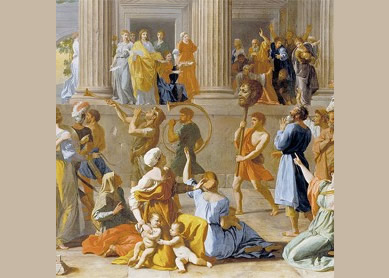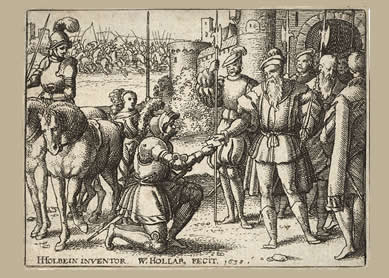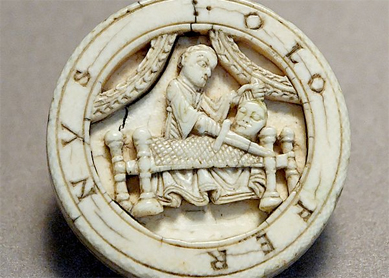If you think about the difference between David and Saul, if you look at the sins that Saul commits and the sins that David commits, you at first think that David had a much rougher time. Saul, so he sacrificed early without Samuel showing up or he missed the King of the Amalek. David has an adulterous affair with a woman and then murders her husband! So you think that that’s a lot worse! So what is it about David that makes him the chosen one and Saul not?
And I think that that’s really a lesson that we can have nowadays. When Saul is approached by Samuel to say that God is upset with him, Saul once, twice, and almost three times denies that he did anything wrong. He keeps saying, “Well, I basically did what God asked.” And I think that Samuel’s mentioning to him what he did was Saul’s one chance of repenting and getting out of it. David on the other hand when he’s confronted by Nathan the prophet and confronted with his sin publically in a very embarrassing way, his only response is “I have sinned.”
I think that is a major lesson. If you look at scandal after scandal for at least the past 30 years and maybe more, you always wonder what was worse: the sin? or the cover-up? And to some extent I think what the Bible pushes is: people sin, even great people sin. But the worse thing is once you’re confronted with the sin and you know you’ve done it, everyone knows you’ve done it, to try to hide it.
You often do things that are much worse. If you think about it, David only murdered Bathsheba’s husband when he realized that he couldn’t pin the pregnancy on him because he wouldn’t go back. It was the cover-up that led him to murder. So I think if you think about the political situation the last 30 or 40 years, you see the cover-up is always worse. So I think that’s a major lesson we can get. You can be forgiven for a sin, but you cannot be forgiven for hiding it.


